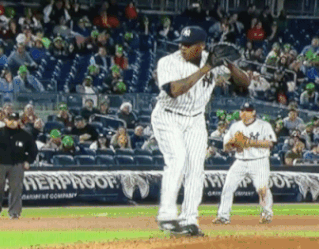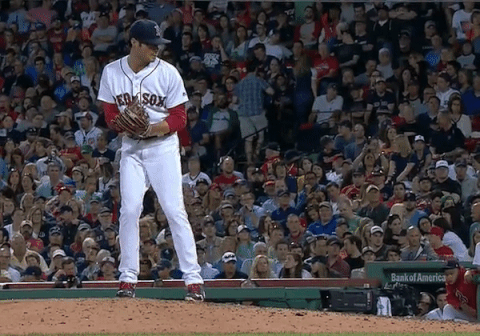Why Working Downslope in patterning is important
While access to a mound is not always feasible, being able to gain repetitions working off of a slope is extremely beneficial for patterning, sequencing, command, velo, etc. Majority of medball and throwing patterning is done from a flatground surface generally, which is fine; however, I believe that a big piece of the puzzle in terms of sequencing is lost due to the timing differences between flatground versus a slope. Whenever the timing of footstrike is altered, pelvic and torso positioning, which is the meat of proximal movement, will vary with this timing difference. In order to properly sequence the delivery footstrike sets a lot of timing mechanisms, as this is the most frequently discussed position within the pitching world, but it is equally important to review the process leading up to that point.
In terms of trying out a variety of surfaces, we at R&D have done a lot of exploring as it pertains to postural adjustments, lead leg stability, extension, and other factors. Below are examples of some sloped work (up, down, left, right, flat) I regularly experiment with to entertain different timing and positional aspects of the delivery that appear from the slope variance.
For myself, I have come to a few acknowledgements of timing/positioning differences that are prevalent on each slope.
Up Slope:
-
Rotational components of the pelvis become extremely limited rotationally as there is limited time for that to happen as footstrike happens much earlier.
-
Promotes more hip extension, getting pelvis in the sagittal plane. Definitely beneficial for those who struggle with the "hip lock" through release.
-
Arm action is lagging behind, not a huge fan of uphill work for individuals that struggle with arm action timing, as this puts the arm in a delayed state from early footstrike.
-
Helps promote a sagittal "block" of the pelvis through ball release.
-
Forces the trunk to rotate an extraordinary amount to get to extension, which can be very beneficial for those have early launch (looking for release around shoe laces).
Down Slope:
-
Rotational components of the pelvis become more prevalent as the pelvis has more time to clear into footstrike.

-
Promotes more center of mass momentum into footstrike thus making the capturing of energy by lead leg more difficult as common tendency is for knee to leak into deeper flexion and push mass further forward.
-
Arm action has plenty of time to flip up, which may result in longer arm actions or hand break delays for those who desire to keep more momentum.


-
Forces the body to stabilize more so than other slopes.
Flat Ground:
-
Rotational components of the pelvis become slightly limited.
-
Limits a decent amount of natural center of mass drift.
-
Arm action tends to delay a bit, and leads to a later flip up in relation to front footstrike compared to down slope.
-
Seems to be the easiest position to naturally stabilize, as majority of rotational patterning is done in this manner.
Training Recommendations:
-
Adjust the slope as frequently as desired for variability to promote stability especially
-
Do majority of medball/other rotational drills on various slopes
-
If spotted a huge deficiency, such as pelvis not rotating, going upslope may not be beneficial in the short term
-
Introduce footstrike timing mechanism as often as possible (and importance of direction into ground) - examples below of integrating footstrike timing out of a rocker/stride torque
I have really enjoyed utilizing these variations off the mound as I believe it has helped guys developing better sequencing with more familiarity with the downslope, as well as better setting up/simulating in game posture. Another added benefit is the ability to get mound volume in without "strain" at higher velocities as this can be done on a semi-regular basis.
Thanks so much for reading! To check out more about R&D Baseball visit us @ rdbaseballacademy.com